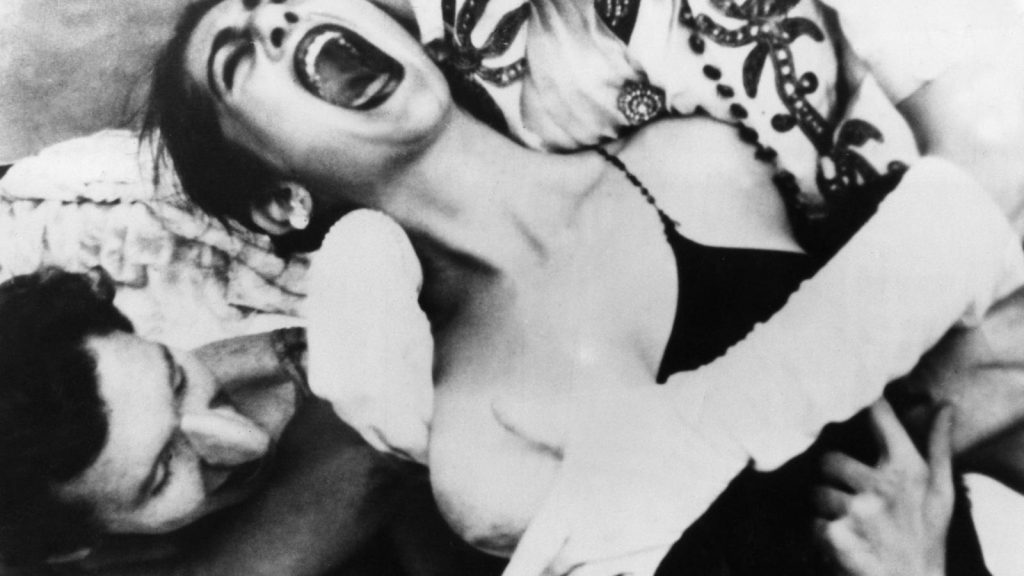In 2006 Tony Conrad’s Audio Artkive released two albums on The Table Of Elements label. One consists of only a single 67 minute long track of Tony Conrad playing the pump organ. The recording on this release was made in 1968 for the Ira Cohen film The Invasion Of Thunderbolt Pagoda (1968), and titled Joan Of Arc by Conrad. The other release of 2006 is a seven-track compilation album titled Les Evening Gowns Damnees. The compilation is culled from Tony Conrad’s recordings of and with Jack Smith, including music for the film Flaming Creatures (1963) and readings by Smith collected in the book Wait For Me At The Bottom Of The Pool: The Writings Of Jack Smith.

These two releases from Tony Conrad represent a unique artifact of the New York Underground Film movement of the sixties. Not only do Tony Conrad and Jack Smith appear on every track of these releases, but a number of Underground luminaries also appear, including John Cale, Mario Montez, Ron Rice, Frances Francine, Arnold Rockwood, and Angus MacLise.
Yet, the most compelling factor of these two releases is the fresh approach it gives an audience to the works of Tony Conrad and Jack Smith. In the U.S., with the exception of the now out of print documentary film Jack Smith and The Destruction Of Atlantis (2006), it is impossible to see restored prints by either filmmaker, leaving grainy bootlegs and YouTube videos as the unfortunate norm. With these releases a correlation becomes clear in the artists’ approach to both visual and audio art; the tangible and the exclusively performative.
Consider the release of Joan Of Arc in greater detail. In the recording Conrad plays only three notes on his pump organ, repeating the notes for a duration of 67 minutes. The effect of this repetition is in essence the same as that he employed in his film The Flicker (1965). By repeating hole punched film for an hour Conrad was able to achieve a sort of reflexive structuralism in The Flicker, an effect he has transposed to music with Joan Of Arc. Likewise the Jack Smith compilation offers a new means of understanding the artist. From reading the extensive liner notes of this release one understands how important Jack Smith’s environment was to the creation of his art. With his films The Beautiful Book (1962) and Normal Love (1963), production took place as a sort of party, populated by Smith’s friends and collaborators. The same can be said about his audio recordings, even when an artist does not contribute to a recording as Conrad and John Cale regularly do, their presence is still duly noted in their capacity as a listener/spectator.
Sadly, little has been released since to help open up the critical assessment of these two artist filmmakers (with the exception of the sustained scholarship of J. Hoberman). These releases, over a decade old now, are the only restored artifacts by Jack Smith to appear as single entities. The question remains as to whether or not the films of Jack Smith and Tony Conrad will ever be formally released again at all.
